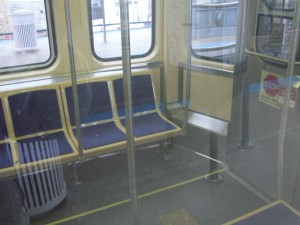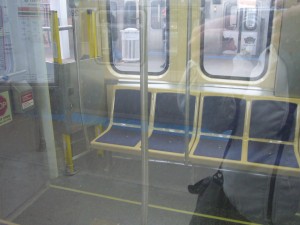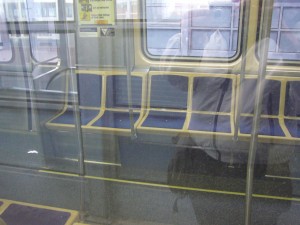Haven’t posted much lately; busy with other things, including trying to clear off my desk. In the process of which I found some notes of interest
How do you fund transit in the “most liveable city in the world?” Vancouver uses the real estate tax to cover about 35% of its operating shortfall (net of fares). Fuel tax covers an almost equal amount (See this pdf). One can imagine how well Chicago’s transit system could run if funded this way, assuming also that it was competently planned and managed.
Unfortunately, Vancouver fails to fund capital costs in this way, relying instead on what Canadians call “senior governments,” meaning provincial and federal funds. Probably that has something to do with the continuing real estate bubble in the area.
I also found notes I took at a conference in July concerning Japanese high speed rail services. Japan is said to be the only country with privately-owned high speed passenger rail. How is it funded? Hint: JR-East, one of the big operators of high speed trains, gets 32% of its gross revenue (see this pdf) from real estate it owns, and intends to grow this to 40 by collecting more of the value that good transport gives to real estate.


